Do you sell a product or service to millennials?
Do you recognize it takes a different approach to reach millennials?
Would you like to know what marketing strategies work?
Millennials — young adults who are currently between ages 18 and 34 — wield $1.3 trillion in annual buying power.
The millennial connected customer is the stranger you need to get to know, this group is only growing and mobile devices are the #1 choice.
WHAT IS A GEN Y – MILLENNIAL
Millennials (also known as the Millennial Generation or Generation Y) are the demographic cohort following Generation X. There are no precise dates when the generation starts and ends. Researchers and commentators use birth years ranging from the early 1980’s to the early 2000’s.
It is estimated that there are approximately 80 million U.S. Millennials. Making it larger than the Boomer generation which comes in at 76 million.
FACTS ABOUT MILLENNIALS
Fact 1: Millennials are now the largest, most diverse generation in the U.S. population.
Millennials now represent the largest generation in the United States, comprising roughly one-third of the total population in 2013. What’s more, the largest Millennial one-year age cohort is now only 23.
The share of people age 20 to 34 who were born in a foreign country is now around 15 percent – much higher than it was in 1950 and near the peak of almost 20 percent seen in 1910 during the last great wave of immigration to the United States (Figure 2).
As Figure 3 shows, the share of those age 15 to 34 who identify as non-Hispanic white fell 20 percentage points from 1980 to 2012, while the share reporting Hispanic ancestry tripled.
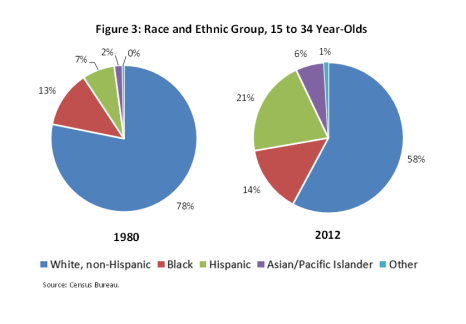 Fact 2: Millennials have been shaped by technology
Fact 2: Millennials have been shaped by technology
Millennials are more connected to technology than previous generations and a quarter of Millennials believe that their relationship to technology is what makes their generation unique.
While all generations have experienced technological advances, the sheer amount of computational power and access to information that Millennials have had at their fingertips since grade-school is unparalleled. Computational processing power has roughly doubled every 2 years, and storage prices continue to drop.
In 1980, IBM’s first gigabyte hard drive weighed 550 pounds and cost $40,000. Today, consumers have access to 3 terabyte hard drives — 3000 times the size — that weigh under 3 pounds and cost around $100. Under these trends, Millennials have come of age in a world in which the frontiers of technology have appeared unlimited.
Millennials use social media more frequently and are even more likely to sleep near their cell phone. Three-quarters of Millennials have an account on a social networking site, compared with only half of Generation Xers and less than a Social Media & Baby Boomers.
For instance, the Wall Street Journal reported that this is the first generation to also have tech savvy parents, and that some Millennials use texting or online chat to have running conversations with their parents throughout their day.
Fact 3: Millennials value community, family, and creativity in their work
Millennials are not just virtually connected via social networks; they value the role that they play in their communities. For instance, high school seniors today are more likely than previous generations to state that making a contribution to society is very important to them and that they want to be leaders in their communities. This community-mindedness also includes a strong connection to family. Millennials have close relationships with their parents, and as high school students, roughly half say that it is important to them to live close to their friends and family, compared with 29 percent of Baby Boomers and 40 percent of Generation Xers.
When it comes to work, Millennials are mostly similar to previous generations: they want to be successful, and they want the type of prosperity that means that their children will be better off. They are somewhat more likely than previous generations to report that they consider creativity to be a very important job feature.
While many Millennials report that earnings are very important to them in a job, breaking the data down by gender reveals that this change is driven primarily by young women. Each cohort of young women is more likely than the last to name earnings as a key job feature, while the importance of earnings has been stable for men. The result is that Millennial women have aspirations that are similar to their male peers. In sum, quality of life appears to be a focus of this generation: Millennials value staying close to family and friends, having free time for recreation, and working in creative jobs. However, they also want to make a positive social impact on their own children and communities, as well as on society as a whole.
More Millennials Living With Family
According to a new Pew Research Center analysis of U.S. Census Bureau data, these improvements in the labor market have not led to more Millennials living apart from their families. In fact, the nation’s 18- to 34-year-olds are less likely to be living independently of their families and establishing their own households today than they were in the depths of the Great Recession.
In the labor market, the outcomes of college-educated young adults have made the greatest rebound from the ravages of the Great Recession. But, living arrangements seem to have come unhinged from cyclical labor market conditions as all young adults have become less likely to live independently as the recovery has progressed.
MILLENNIAL LARGEST GENERATION IN U.S. LABOR FORCE
More than one-in-three American workers today are Millennials (adults ages 18 to 34 in 2015), and this year they surpassed Generation X to become the largest share of the American workforce, according to new Pew Research Center analysis of U.S. Census Bureau data.
This milestone occurred in the first quarter of 2015, as the 53.5 million-strong Millennial workforce has risen rapidly. The Millennial labor force had last year surpassed that of the Baby Boom, which has declined as Boomers retire.
It’s worth noting that the Millennial population as a whole (not just its workforce) is already projected to surpass that of Baby Boomers this year as the nation’s largest living generation, according to the Census Bureau.
In the first quarter of 2015, about 45 million Baby Boomers were in the labor force. The Baby Boom workforce peaked in size at nearly 66 million in 1997. The youngest Boomer is now 51 years old, while the oldest Boomers are approaching age 70. With more Boomers retiring every year and not much immigration to affect their size, the size of the Boomer workforce will continue to shrink.
What brands are getting the Millennials mind-set right?
Brands that understand this generation’s mind-set focus on solving real consumer problems and are able to show Millennials how their product or service can be a useful tool in their daily lives. By acknowledging these changing lifestyle values, these brands are able to truly satisfy the demanding Millennial consumer and transform them into powerful advocates.
Tide Pods is a good example. The product – no-fuss, quick and energy efficient –solves a real problem for Millennials and the marketing supports that. Another good example is Uber. Again, this service helps bring utility to Millennials in a smart way.
Beyond just being innovative and useful, the brands that give Millennials a reason to engage, whether that’s branded content like what Intel has produced, or creating an experience that they couldn’t have without the brand, like many of Red Bull’s events, have figured out how to connect to this generation in a meaningful way.
GEN Y (MILLENNIALS) – COMMUNICATING TO THEM
So, if your brand needs to target 18- to 35-year-old males and females (which includes most of us), what do we need to keep in mind?
- Gen Y’s most preferred way to communicate is through texts. The next preferred method is email.
- Email behavior shows they only read the subject line.
- To Gen Y, phone calls are an invasion of privacy.
- Gen Y is desperately lacking face-to-face conversations.
- Gen Y connects most with the oldest generation, traditionalists.
- Gen Y connects least with Generation X.
- They will only buy that which appeals to their entire tribe.
- Admire their parents but trust their grandparents even more.
Disruptive technology like Social Media permeates the lives of Gen Y, and until companies better understand its impact on all customers and prospects, it will be at the detriment of that business.
- Wild visual communication will motivate them.
- Gen Yers’ respond to humor, irony, and unvarnished truth.
- They appreciate when you seek their feedback.
- They buy that which celebrities buy both traditional as well as internet celebrities.
- Word-of-mouth advertising, Interactive Web Sites and Tribal Online Meeting places are the place to advertise.
- Many corporations are directly marketing to the leaders of tribes in high schools and colleges with exclusive deals.
- Make your products cool for kids as well as their parents and grandparents.
- Exploit contests and promotions.
- You must be present at local tribal meeting places.
- 89% of teens would likely switch brands to one associated with a good cause.
- They buy cheap cost, good quality, fast service and an experience.
THE BEST WAY TO MARKET TO GEN Y – MILLENNIALS
1. Up your game with mobile marketing
Marketing through mobile devices is important in general, but given that 85 percent of millennials in the U.S. own smartphones, it’s essential when you’re targeting this generation.
To excel at mobile marketing, first consider the basics.
- Are your landing pages optimized for mobile?
- Are they too graphics-intensive, making load times longer with slower connections?
- Is your call to action clear?
- Even on a smaller screen?
2. Target social groups, instead of life stages
Instead of focusing on life stages, target millennials based on social groups. For example, you can focus your attention on population segments that are drawn to social causes, those who avidly follow specific social media personalities.
Millennials are much more likely to have a strong attachment to these social identities than they are to strongly identify with a specific stage of life.
3. Be relevant and engaging
Millennials are focused on solving real life problems through online research — both in search and social media. Brands that can bring relevant, simple solutions to real world problems are the ones that are going to win attention from this generation.
In addition, you need to be engaging. Roughly 95 percent of millennials say that friends are the most credible source of product information. This means that if you can engage a customer base within this generation and create brand evangelists, you’ll see far better results than you will through any other form of traditional online marketing. The best way to get your message heard among millennials is to have millennials themselves spreading the word.
- Provide stories in visual form. Gen Y’s are completely visual learners, so videos, infographics and pictures in your storytelling are a must.
- Since Gen Y connects with traditionalists, it may make sense to include traditionalist content creators in your planning?
- Invest in the best resources for email subject-line writing.
- Calls to action should never include a phone number or having to call someone (real friends text, they don’t call).
- Provide opportunities for Gen Y’ers to meet face to face in comfortable situations.
4. Outbound Marketing is Out
Outbound marketing methods, like magazine ads, direct mail campaigns, and radio spots, do not impress Millennials. 84 percent of Millennials don’t trust traditional advertising.
Millennials want:
- whitepapers
- videos
- e-books
- blog posts
- and other how-to information
It’s all about inbound marketing.
5. Authentic Content Empowers Them
Millennials trust what they feel is authentic.
Millennials are searching websites, blogs, and social media because they feel empowered by all of the remarkable content they’re discovering. They like:
- Tweeting
- Pinning
- Sharing
- Forwarding
- Commenting
- Snapping/Photos/Selfies
A sense of empowerment to the online community.
According to AdAge, Millennials are spending an average of 25 hours per week online – and they’re craving content-driven media.
Successful companies understand that young consumers want to have an enjoyable online browsing experience. Delight them where they’re hanging out on social media!
Millennials Infographic
Sources: Census Bureau and Pew Research
JOIN US FOR OUR UPCOMING
FALL
SOCIAL MEDIA SEMINAR SERIES
- Facebook Ads – How to create, implement & boost sales – Sept. 10th AM
- Visual Content for Business – How to create & use visuals – Sept.10th PM
- Social Media Marketing for Realtors – Gain more listings & sales – Sept. 17th AM
- YouTube & Video – How to create, implement & boost sales – Oct. 8th AM
- Twitter for Business – The fastest way to spread your brand content – Oct. 29th AM
- Tools & Apps for Business – Gain more hrs. & be more productive – Nov. 5th AM
- Blogging – Generate leads & get new customers – Nov. 5th PM
About Blair

Blair Evan Ball is a Social Media Coach and founder of Prepare1, a company that works with businesses, individuals and non-profits. He is a former executive with a Fortune 50 company, and his national division did $1Billion+ in sales annually.
Blair has written three e-books: Facebook for Business Made Easy, Facebook Pages for Business Made Easy, and WordPress Blog Setup Made Easy.
Blair also educates, trains entrepreneurs and business professionals how to amplify their brand, increase revenues, and raise more funds.
![[Study] How Will Businesses Change Their Social Media Activities 5 Golden Rules for Sharing on Social Media](https://www.prepare1.com/wp-content/uploads/2014/03/COACH-logohat-162x300.jpg) The Race is ON! | PREPARE | Get into the Game and WIN!
The Race is ON! | PREPARE | Get into the Game and WIN!
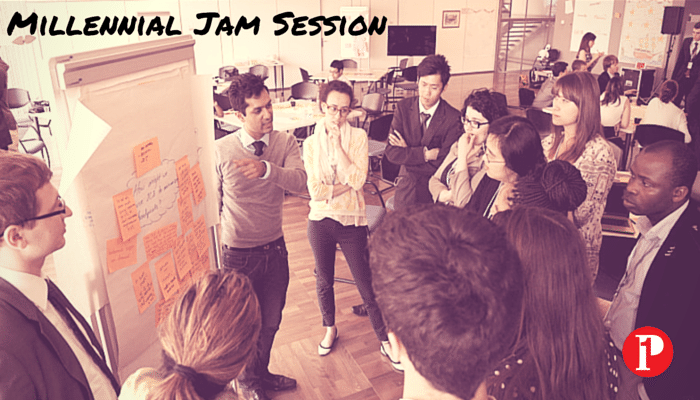
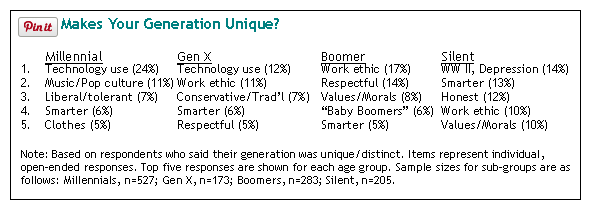
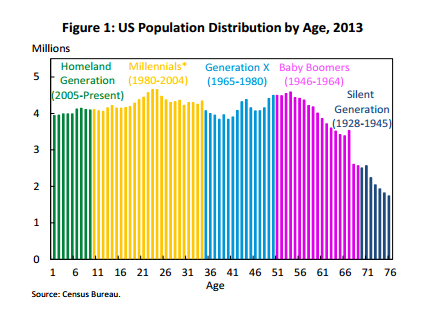
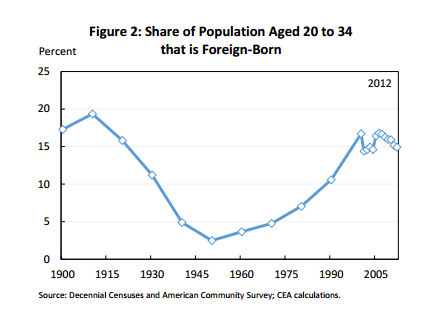
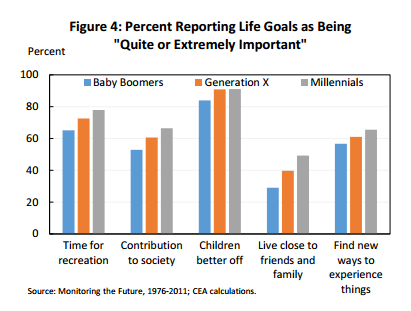
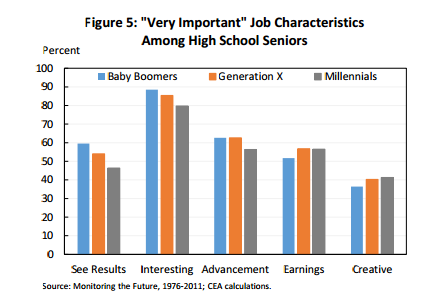
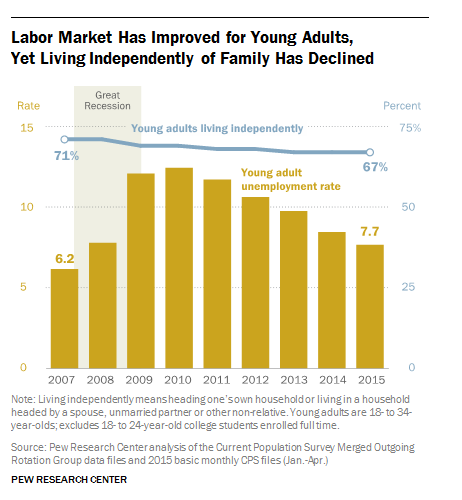
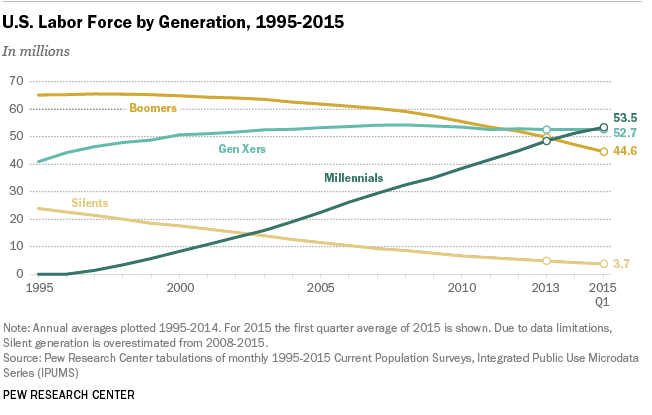


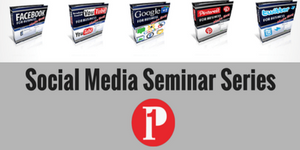



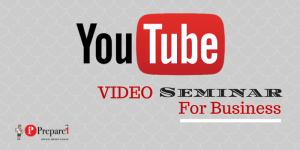
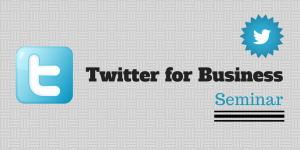
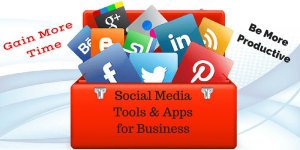



Comments on this entry are closed.
{ 2 trackbacks }